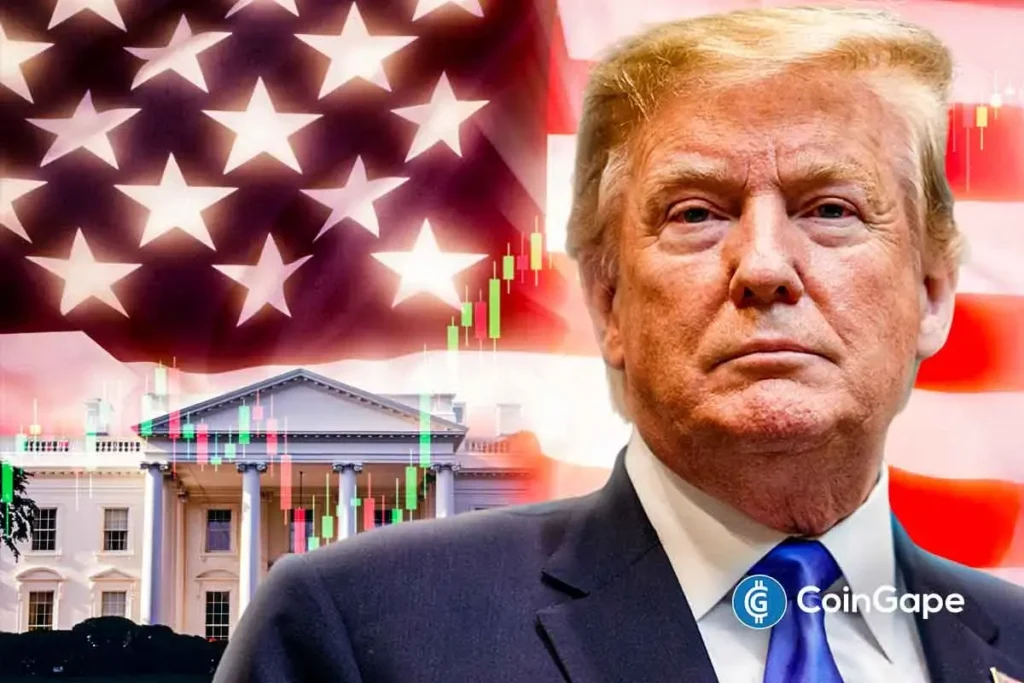The White House’s Upcoming Crypto Policy Report: A Game Changer for Digital Assets
The anticipation is palpable as the White House gears up to unveil its inaugural crypto policy report on July 22, a significant event poised to reshape the digital asset landscape across the United States. This move follows the recent passage of transformative market structure bills, such as the CLARITY Act, indicating a shift towards a new era in crypto regulation. The implications of this report are vast, and industry stakeholders are eagerly awaiting its release as a harbinger of change in the complex world of cryptocurrencies.
Understanding the Crypto Policy Landscape
The forthcoming report stems from Executive Order 14178, issued on March 9, 2022, titled "Ensuring Responsible Development of Digital Assets." This landmark order signals a pivotal shift in the U.S. government’s strategy toward cryptocurrencies—from a reactive approach to a proactive one. The objective is to unify digital asset policies across various government agencies, reinforcing the United States’ leadership in the global crypto economy. With this report, the White House aims to provide a comprehensive framework for the management and regulation of digital assets in an evolving market.
The timing of this report aligns perfectly with a recent optimistic turn in domestic crypto markets, especially following the conclusion of “Crypto Week” in Congress, which saw the passage of pivotal bills like the GENIUS and CLARITY Acts. The combination of regulatory changes and a favorable legislative environment points to an enhanced landscape for digital assets in America.
Implications of the Policy Report
The White House Digital Asset Market Working Group’s report is expected to outline essential regulatory and legislative recommendations. Anticipated highlights include the potential establishment of a national digital asset reserve and measures aimed at ensuring that crypto companies gain equitable access to banking services. This report may also address pressing issues such as crypto crimes, national security risks, energy-efficient mining practices, and the role of Central Bank Digital Currencies (CBDCs).
Furthermore, the report intends to establish a comprehensive federal framework for digital assets, emphasizing stablecoins and focusing on crucial areas such as market structure, oversight, risk management, and consumer protection. It showcases a collaborative effort that seeks input from the public as well as industry experts, thereby enhancing the overall legitimacy and credibility of the forthcoming recommendations.
The Broader Economic Context
On January 2, 2025, the White House underscored the importance of the digital asset industry in fostering innovation and economic growth in the U.S. This administration’s stance is clear: it supports the responsible advancement and utilization of digital assets and blockchain technology across various economic sectors. A notable initiative connected with this broader economic agenda includes President Trump’s proposal to eliminate capital gains tax on Bitcoin and other cryptocurrencies, reflecting a desire to simplify the investment landscape for innovative technologies.
As the U.S. government positions itself as a leader in the cryptocurrency space, the implications for both the domestic and international digital asset markets could be substantial. A favorable regulatory environment could encourage innovation and spur investment in blockchain technologies, positioning the U.S. as a pivotal player in the global digital economy.
What Businesses Can Expect: A New Compliance Era
The upcoming White House crypto policy report could have profound effects on crypto businesses and digital asset platforms. As it represents the U.S. government’s first comprehensive approach to digital asset regulation, its recommendations are expected to provide much-needed clarity for businesses and investors alike. With potential changes to compliance requirements, companies may need to recalibrate their operational strategies in alignment with the new regulatory landscape.
This emphasis on regulatory clarity enables businesses to better navigate the complexities of compliance, facilitating informed investment decisions and fostering innovation. Furthermore, by strengthening consumer trust and ensuring compliance, the report aims to create a more stable and secure environment for growth within the digital asset ecosystem.
Lasting Impacts on Classification and Regulation
Moreover, the recommendations included in the report could set significant precedents regarding the classification, taxation, and overall regulation of digital assets. The ramifications are expected to stretch across various sectors, including decentralized finance (DeFi), non-fungible tokens (NFTs), and stablecoins.
According to Caroline Pham, the acting Chair of the Commodity Futures Trading Commission (CFTC) and a member of the task force responsible for drafting the report, this forthcoming policy document should be viewed as a "cryptocurrency roadmap." It is expected to encapsulate the ongoing efforts of U.S. officials to maintain the country’s leadership role in the evolving cryptocurrency landscape.
Conclusion: A New Era Awaits
In summary, the White House’s crypto policy report holds the promise of a brighter, more structured future for digital assets in the United States. The combination of a unified regulatory framework, strategic recommendations for the industry, and a commitment from the government to support innovation could fundamentally alter the landscape of cryptocurrencies in America. As stakeholders eagerly await the report’s release, the potential for positive change looms large, not just for the U.S., but for the global digital economy as a whole. With this initiative, the U.S. might be setting the stage for a forward-thinking regulatory environment that champions growth, security, and responsible innovation in the ever-evolving world of digital assets.


